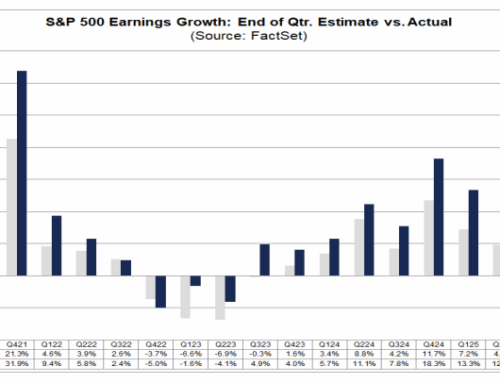Can the Fear and Greed Index guide your investments? It’s showing ‘Extreme Fear.’
November 21, 2025
The Fear and Greed Index is leaning far into the “Extreme Fear” measure. However, if you know anything about such measures of investor angst, you may ask, “Which Fear and Greed Index?”
There is one trusted Wall Street measure of uncertainty — the VIX, a volatility tracker from the Chicago Board Options Exchange — and there are other gauges that measure investor sentiment toward cryptocurrencies and gold.
If you want a sentiment barometer for your portfolio, the investment will determine which Fear and Greed Index you will want to reference.
Read more: Prediction markets: What they are and how they work
The VIX is the most widely watched measure of volatility in the stock market, and there has been a recent spike in the VIX.
Yahoo Finance Markets and Data Editor Jared Blikre and “Asking for a Trend” host Josh Lipton provided an overview of market trends, including the VIX, on late Thursday.
“The VIX has been trending higher,” Blikre said. “The VIX also historically tends to spike in October and November. So the worst might not be behind us.”
However, market volatility is not necessarily the same as “fear and greed.” For that, you might look at the CNN Fear and Greed Index, which is showing “Extreme Fear” as of Nov. 21.
CNN’s Fear and Greed Index measures:
-
Market momentum: By tracking 125-trading-day averages of the S&P 500 index.
-
Stock price strength: This is the number of net new highs or lows on the New York Stock Exchange.
-
Stock price breadth: This is a measure of stocks on the NYSE that are rising compared to those that are falling.
-
Put and call option: Puts are options to sell; calls are options to buy. If the ratio of puts to calls is rising, it’s a signal of bearish investors.
-
Market volatility: Using the VIX, if volatility rises, it’s a sign of fear.
-
Safe haven demand: This is a measure of when Treasury bond returns are higher than stocks over 20 trading days.
-
Junk bond demand: When investors turn to high-yield bonds over government bonds, it’s a sign of greed.
While financial advisors may recommend only a sweetener of cryptocurrency to a risk-adjusted portfolio, this is the Fear and Greed Index that gets the most swing for the money. Cryptocurrency has a boom-or-bust mentality that changes frequently.
CoinMarketCap measures crypto market sentiment with its Crypto Fear and Greed Index, which, coincidentally or not, is also in the “Extreme Fear” mode.
CoinMarketCap says it calculates the index using five factors:
Price momentum: This measures price performance of the top 10 cryptocurrencies by market capitalization (excluding stablecoins).
Volatility: The index measures expected volatility over the next 30 days in the trading of bitcoin and ethereum.
Derivatives market: Like CNN’s stock fear index, CMC considers the put/call ratio — but instead of stocks, it’s looking at the bitcoin and ethereum options markets.
Market composition: Measures the relative value of bitcoin and that of major stablecoins.
CMC proprietary data: Includes keyword searches, user engagement metrics, retail interest, and emerging trends.
Finally, there’s the gold Fear and Greed Index. Stock market pessimists have long advocated stashing a pile of gold bars in the basement.
JM Bullion sells precious metals and hosts a Fear and Greed Index for Gold, which is now solidly planted in the “Greed” quintile.
The price of gold has jumped recently, as the equity and crypto markets have stalled.
JM Bullion states that its fear index considers physical gold price premiums, gold spot price volatility, social media sentiment, retail activity, and Google Trends for gold search terms.
Read more: How to invest in gold in 4 steps
Of course, the answer is that neither fear nor greed should play a part in investment decisions. While it may be entertaining to know if the world thinks it is on fire or merely burning, your life after work needs to be financed.
Lisa Shalett, wealth management chief investment officer for Morgan Stanley, recommends investors maintain a focus on strategic asset class diversification.
“Real assets, municipal bonds, intermediate-term U.S. treasuries, real estate, and select private infrastructure are our favorite opportunities to add,” Shalett said in a Morgan Stanley video insight in October.
“Bull markets are meant to be ridden and not timed, and our foundational advice is to be fully invested according to your strategic asset allocation,” she added.
Read more: Create a stock investing strategy in 3 steps
Search
RECENT PRESS RELEASES
Related Post


